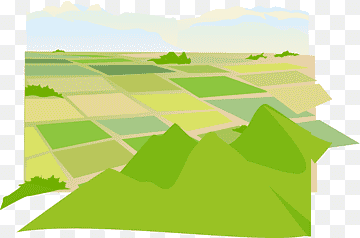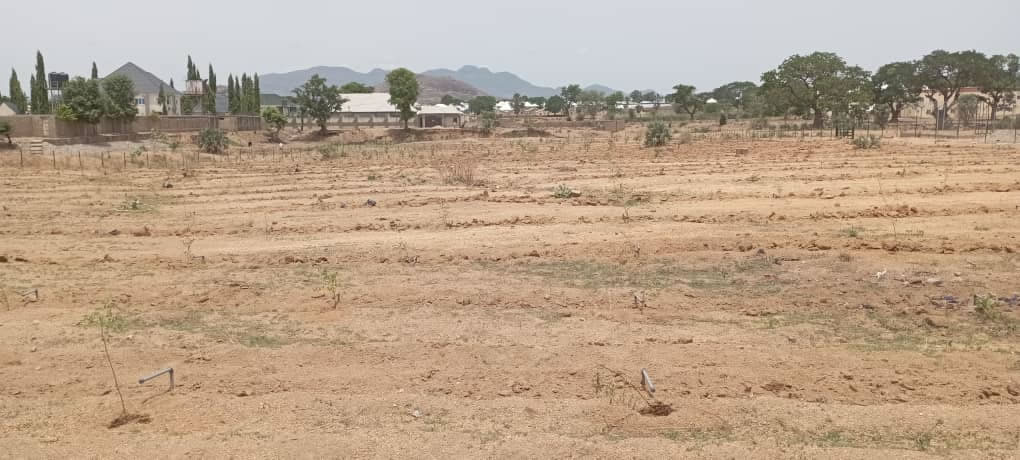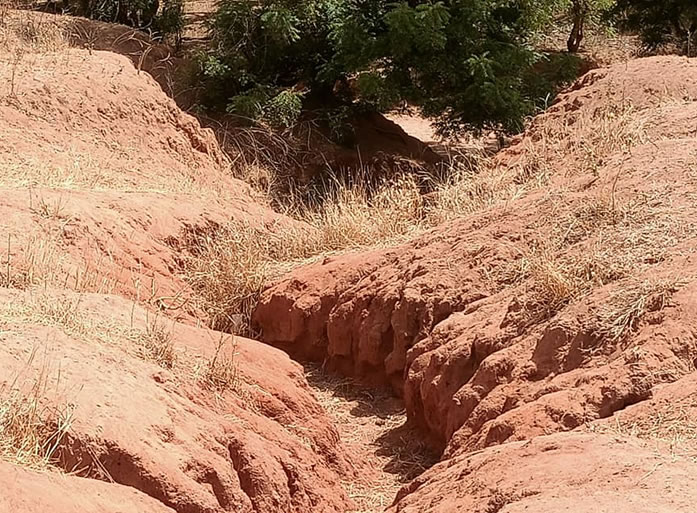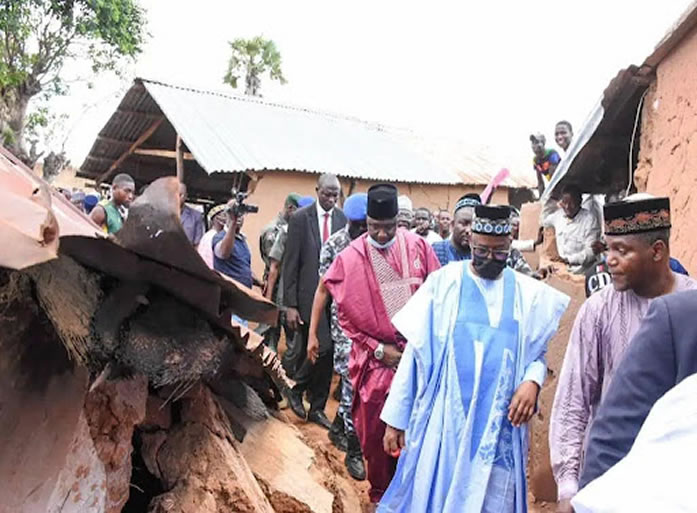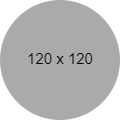
Bauchi State
With a population about 5 million according to the 2006 census, Bauchi State has gone through a tremendous transformation since it was created. During the colonial era up to independence, it formed part of the Bauchi-Plateau of the then Northern Region, until the 1967 state creation exercise, when the Bauchi, Borno, and Adamawa provinces constituted the former North-Eastern State. With the creation of Bauchi state in 1976, then comprising present Bauchi and Gombe states, it included 16 Local Government Areas. The number of Local Government Areas in the then Bauchi State was increased to 20 and later to 23. However, in 1997 when Gombe state was created out of Bauchi and additional local governments were created in the country, Bauchi State was left with 20 Local Government Areas as shown below. Bauchi State is located between latitudes 9° 3′ and 12° 3′ north of the equator with a total land area of 49,119 km² representing about 5.3% of Nigeria’s total land mass. The state is bordered by seven states; namely Kano and Jigawa to the north, Taraba and Plateau to the south, Gombe and Yobe to the east and Kaduna to the west.
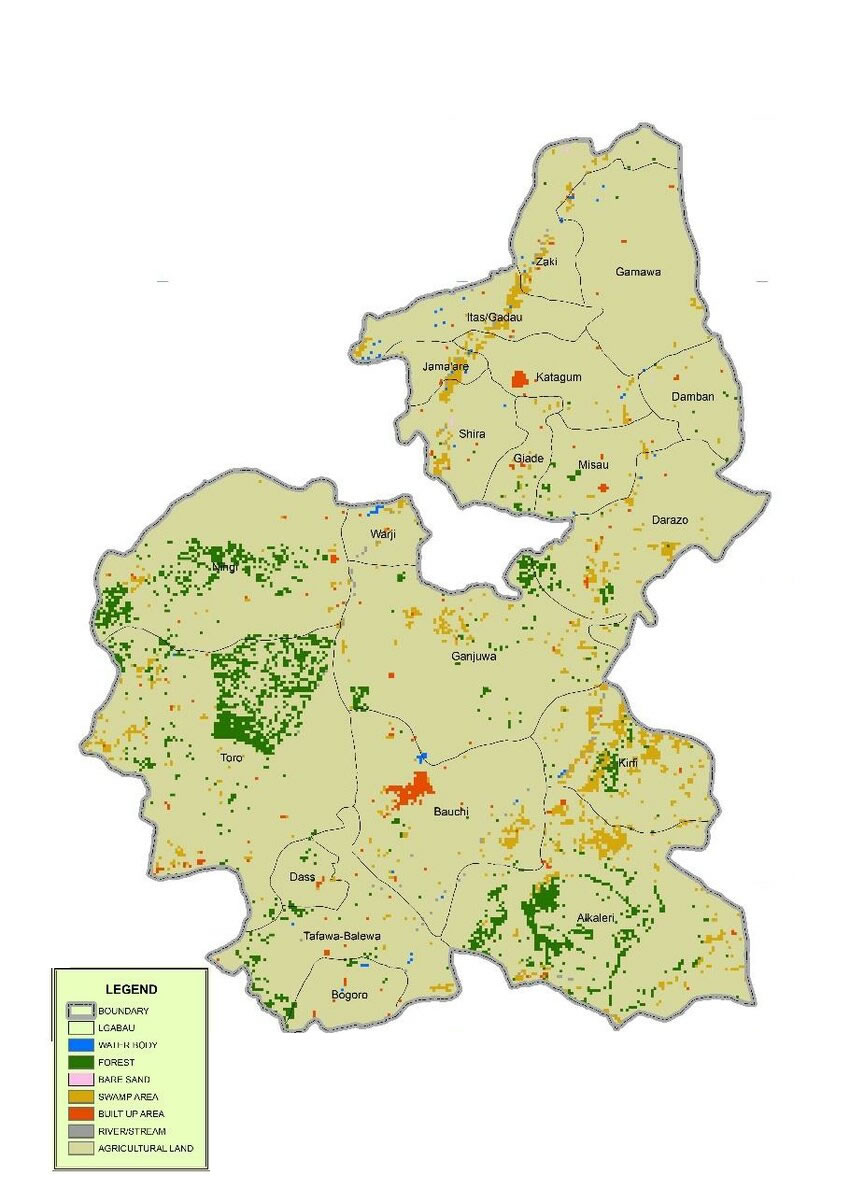
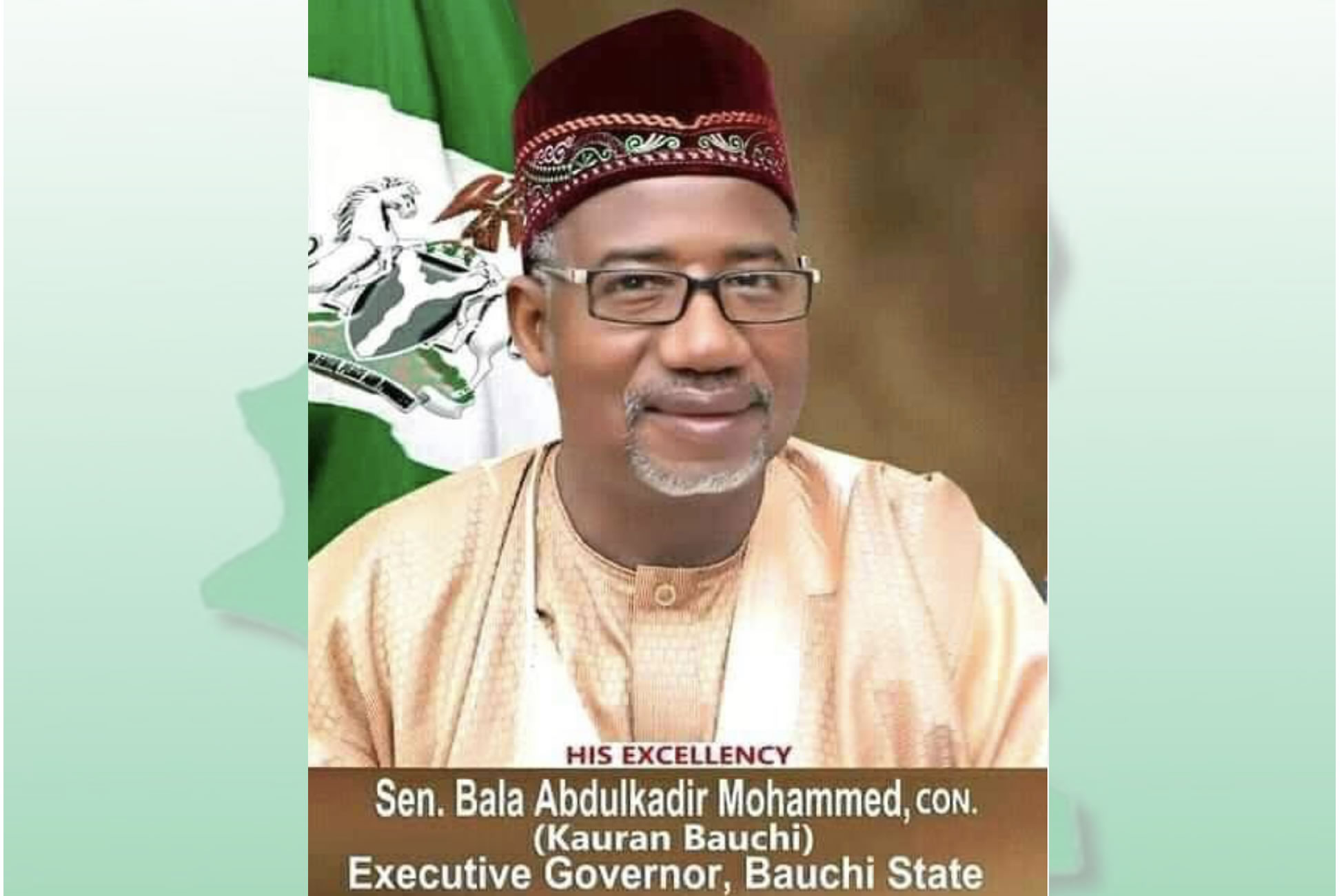
Making What’s Possible in Environmental Management
Bauchi at a Glance
Bauchi State is the most peaceful state in the North-eastern Part of the Country with environmental and natural resources support a significant portion of the economy; as the state is endowed with abundant natural resources, solid minerals and tourist attractions unrivalled in the country. It has enormous potential for agriculture with a total arable land estimated at 1.9 million ha, and 82,000 ha irrigable land. Starting from 1976, the state has 56 forest reserves, 3 game reserves and several grazing reserves.
total arable land

irrigable land
